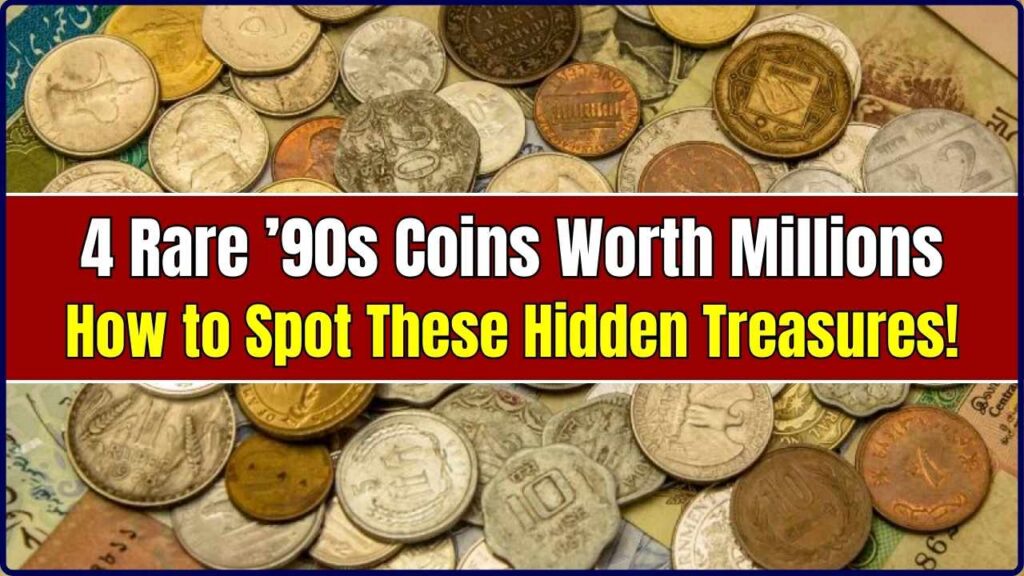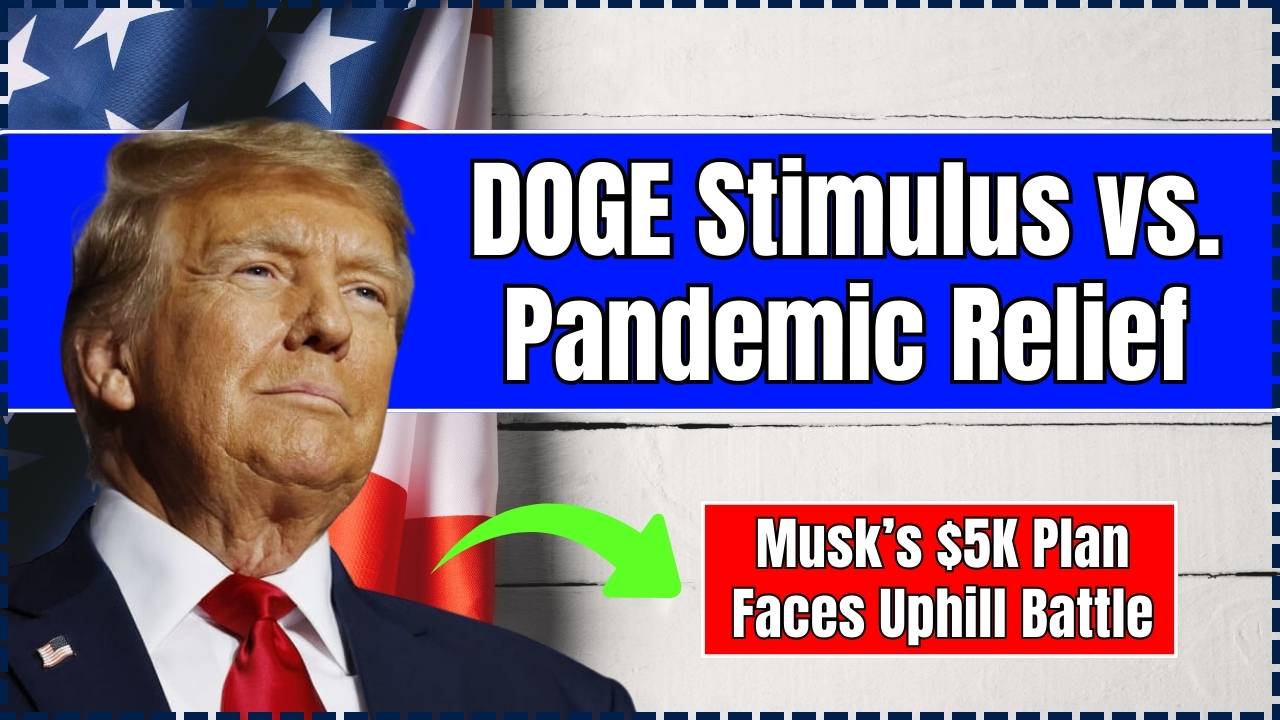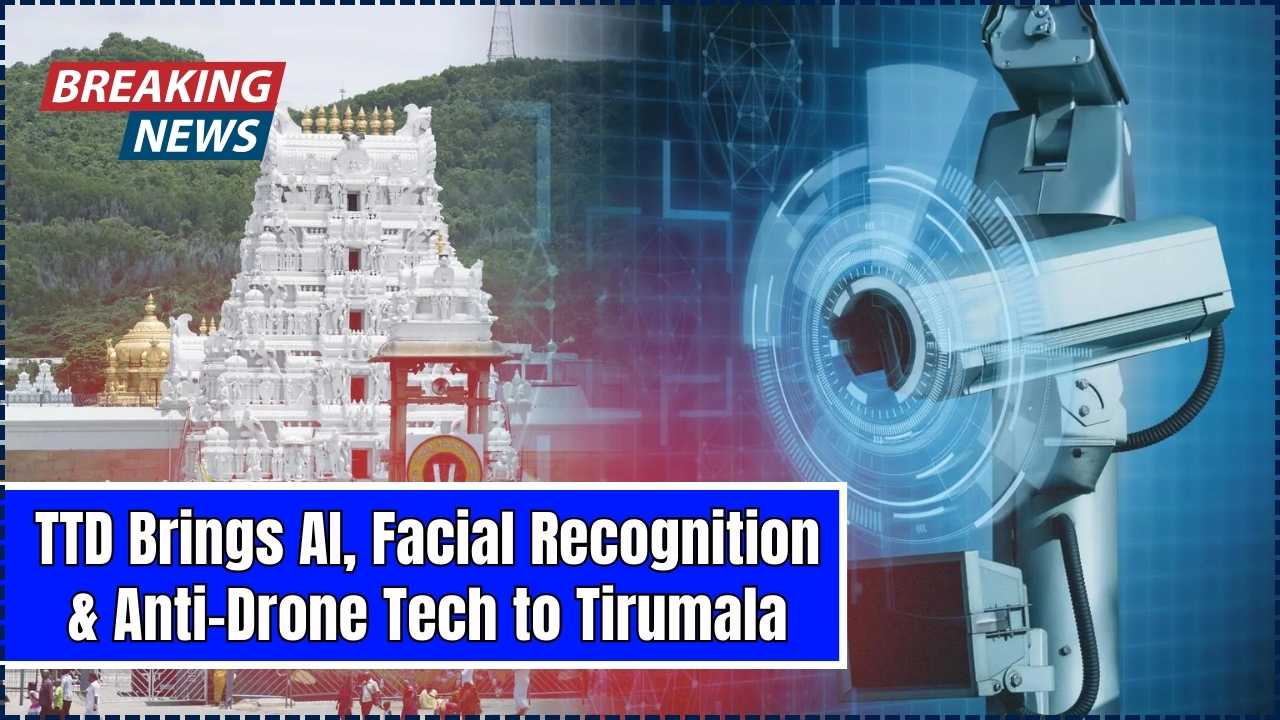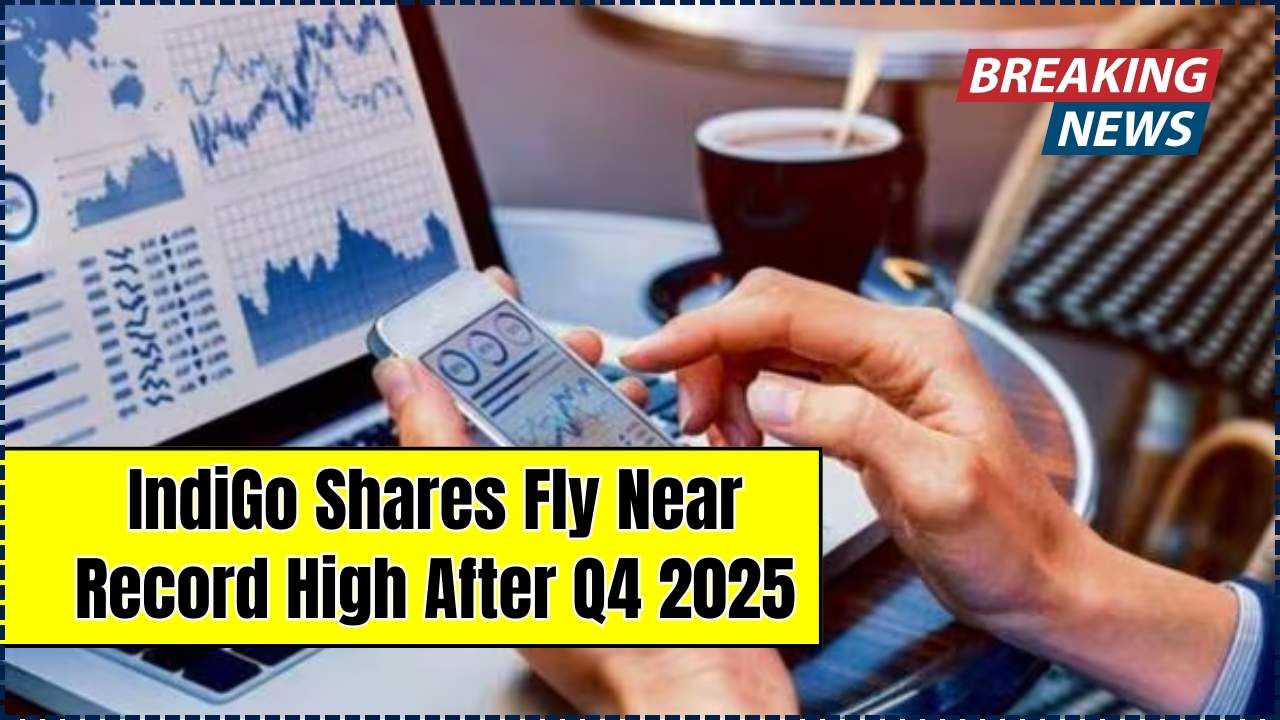4 Rare ’90s Coins Worth Millions: Do you have an old coin jar tucked away in your closet or drawer? You may be holding onto a small fortune without even knowing it. Rare ’90s coins worth millions are still out there in circulation, and some could be lying unnoticed in your pocket change, piggy bank, or coin collection. While most coins from the 1990s are common, a few unique varieties and minting errors have turned these otherwise ordinary coins into highly prized collectibles.

In this comprehensive guide, we’ll uncover four of the most valuable ’90s coins, explain how to identify them, provide insights from numismatic experts, and offer tips on safely storing and appraising your collection. Whether you’re a beginner, hobbyist, or seasoned collector, this article offers practical tools and expert insights to help you recognize hidden treasures.
4 Rare ’90s Coins Worth Millions
| Aspect | Details |
|---|---|
| Topic | Rare ’90s Coins Worth Millions |
| Focus Years | 1990, 1992, 1999 |
| Top Errors to Watch | No S Proof, Close AM, Wide AM, Doubled Die |
| Highest Known Sale | $25,850 for a 1990 No S Proof Cent (Source) |
| Where to Check Coin Value | PCGS.com, NGCcoin.com |
| Estimated Value Range | $500 to over $20,000 depending on condition |
| Official Appraisal Services | Professional Coin Grading Service (PCGS), Numismatic Guaranty Company (NGC) |
The world of coin collecting is as much about curiosity and discovery as it is about value. Many collectors began their journey by noticing something odd in their spare change — a strange spacing, a missing letter, or a design anomaly. That tiny detail can lead to major rewards.
While most coins from the 1990s won’t make headlines, the few that do can bring serious excitement, not to mention a financial windfall. The more you learn and engage with the coin collecting community, the better your chances of identifying the next hidden gem.
So keep looking, keep learning, and always check your change. You nver know when your next pocketful of coins could contain a piece of American numismatic history.
Why Rare ’90s Coins Are Valuable
The 1990s marked a time when the U.S. Mint began shifting toward more advanced production processes, incorporating new dies and proofing technology. However, as with any large-scale manufacturing operation, mistakes can happen. In numismatics (coin collecting), such mistakes — especially on proof or circulated coins — can become extremely valuable.
These minting anomalies are rare, sometimes undocumented for years after release, and highly sought after by serious collectors. The value of these coins increases based on rarity, condition, historical context, and collector demand.
Additionally, nostalgia for the 1990s has reignited interest in collectible coins from that era. As digital collectors and auction platforms grow in popularity, the coin market has seen a surge in prices for verified rare varieties, especially those tied to publicized errors or mintage oddities.
4 Rare ’90s Coins Worth Millions You Need to Know About
1. 1990 No S Proof Lincoln Cent
One of the most legendary modern coin errors is the 1990 No S Proof penny. Proof coins from the San Francisco Mint should carry the “S” mintmark, but in this case, a few coins were struck without it — turning them into numismatic gold.
- Spot It: A 1990 penny with a high-gloss proof finish and no “S” mintmark under the year.
- Rarity: Only a small number have been authenticated.
- Auction Prices: Up to $25,850, depending on the grade.
- Collector Tip: These coins are often found in proof sets mistakenly released by the U.S. Mint.
- Certification Recommended: Always send to PCGS or NGC for verification.
2. 1992 Close AM Lincoln Cent
This Lincoln cent variety was struck using a proof die on circulation-strike coins, resulting in a noticeable design anomaly.
- Key Feature: The “A” and “M” in “AMERICA” on the reverse are nearly touching.
- Common Version: Wide AM, with clear spacing.
- Market Demand: High, especially among variety collectors.
- Estimated Value: Between $5,000 and $25,000, particularly in MS (Mint State) condition.
- Finding Tip: Most have been discovered in penny rolls and bank boxes.
3. 1999 Wide AM Lincoln Cent
Another popular error is the Wide AM penny from 1999 — a flip of the 1992 Close AM error, where a proof reverse die was used on business strikes.
- Visual Clue: Wide gap between the “A” and “M” in “AMERICA.”
- Estimated Value: $250 to $1,000+, with higher grades fetching more.
- Additional Tip: Use a magnifier; the spacing can be subtle to the naked eye.
- Comparison: Wide AM reverse also shows a different style of FG (designer Frank Gasparro’s initials).
4. 1990-D Doubled Die Obverse Lincoln Cent
The 1990-D Doubled Die features one of the clearest examples of doubled lettering from the decade.
- What to Look For: Doubling in “IN GOD WE TRUST,” “LIBERTY,” and the date “1990.”
- Why It’s Sought After: Strong doubling and D mintmark add interest.
- Values: Typically $100 to $500, but top-graded examples can exceed this.
- Authentication: Use Variety Vista or a professional grader.
How to Identify Rare Coins in Your Pocket Change
Beginner’s Guide to Coin Hunting
- Start a Coin Log: Use a spreadsheet or notebook to track coins and key features.
- Use Basic Tools: Get a magnifier (10x recommended), gloves, and soft lighting.
- Organize by Date: Group your pennies by year and mintmark to simplify searching.
- Check Reverse Designs: Focus on “AMERICA” and mintmark location.
- Look for Die Errors: Examine text and design details for doubling or blurring.
- Use Online Resources: Compare images with PCGS or NGC databases.
- Join Collector Forums: Reddit’s r/coins or Coin Community forums offer advice and verification support.
Additional Tools & Resources for Collectors
- Mobile Apps: PCGS CoinFacts, NGC Mobile App, CoinSnap (for beginners).
- Books: “The Official Red Book: A Guide Book of United States Coins.”
- Storage Tip: Use acid-free holders or flips to protect coin surfaces.
- Where to Buy/Sell: Heritage Auctions, eBay (with caution), Stack’s Bowers, or local coin shows.
- Memberships: Consider joining the American Numismatic Association (ANA) for access to learning and certification services.
What Makes a Coin Valuable?
Coins gain value from a combination of:
- Scarcity: The fewer known examples, the higher the interest.
- Condition: Grades like MS (Mint State) and PR (Proof) indicate quality.
- Certification: Coins authenticated by PCGS or NGC carry a market premium.
- Demand: Popular varieties gain traction in auction markets.
- Market Trends: Coins with media attention or historical relevance can temporarily increase in value.
Collectors should avoid cleaning coins, as this can reduce their value. Original patina and wear are often preferred by buyers.
FAQs On 4 Rare ’90s Coins Worth Millions
What is a mintmark, and why does it matter?
A mintmark shows where the coin was produced: “S” for San Francisco, “D” for Denver, or blank for Philadelphia. Rare varieties may lack these or feature incorrect markings.
How can I tell if I have a proof coin?
Proof coins have sharp, mirror-like surfaces and more defined details. They are often sold in sets and not meant for circulation.
Should I clean my coins?
Never clean coins. Cleaning decreases their value and may permanently damage the surface.
Are these coins still found in circulation?
Yes — though rare. They are most often found in inherited collections, rolls from banks, or estate sales.
How should I get a coin appraised?
Submit to PCGS, NGC, or visit a reputable local coin dealer for evaluation. Avoid pawn shops or uncertified appraisers.
Can I sell these coins online?
Yes. Sites like Heritage Auctions or GreatCollections are trusted. eBay is also an option but requires careful listing and buyer verification.






